How do Watches Work?
How do Watches Work?
Watches have been an essential part of human life for centuries, serving as timekeepers and as fashion accessories and status symbols. From early mechanical timepieces to the latest smartwatches, watches have evolved significantly. But at their core, watches all work similarly, relying on basic principles to keep accurate time. This blog post will explore how watches work, from the earliest mechanical watches to the latest high-tech smartwatches.

Mechanical Movements
The earliest watches were mechanical devices powered by a spring that stored energy and released it over time to drive the watch's hands. The critical component of any timepiece is the movement, which is essentially the watch's engine. A watch movement consists of gears, springs, and other components that work together to keep accurate time.
Escapement
The heart of a mechanical watch movement is the escapement, which is a mechanism that regulates the release of energy from the watch's mainspring. The escapement consists of a balance wheel and a pallet fork, a pallet bridge, and finally, the roller, which engages with the teeth of the escape wheel to regulate the movement of the watch's hands.
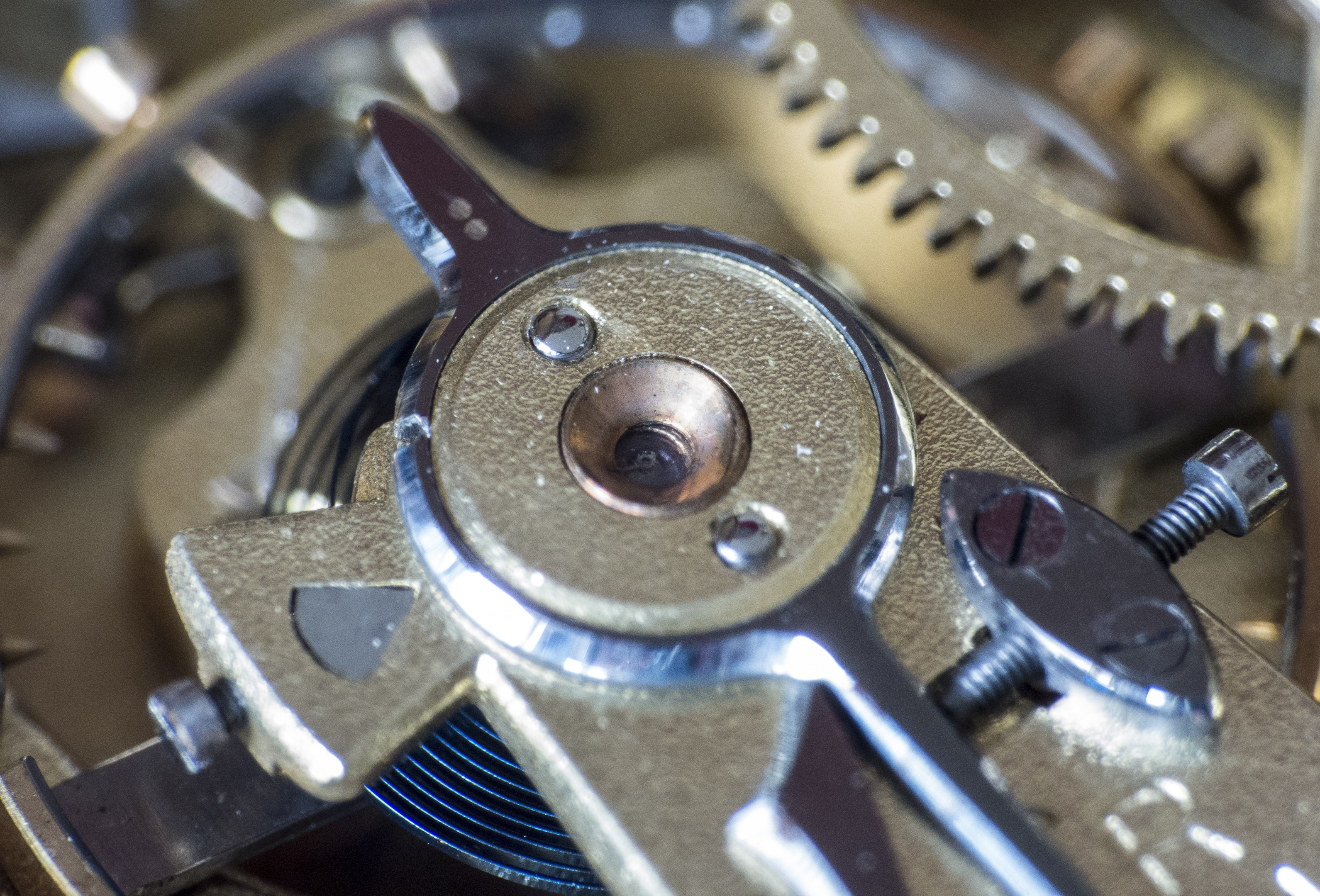
Balance Wheel
As the balance wheel swings back and forth, it drives the pallet fork, which moves the escape wheel, releasing a small amount of energy with each tooth that engages it. This energy is transmitted through a series of gears to the watch's hands, causing them to move steadily.
Watch Accuracy
The accuracy of a mechanical watch is determined by the balance wheel's frequency, typically around 28,800 vibrations per hour. By adjusting the length of the balance wheel's hairspring, watchmakers can fine-tune the watch's accuracy, ensuring that it keeps accurate time over long periods.
Balance wheel.
The balance wheel is typically made of a lightweight, durable material such as stainless steel or titanium, and is supported by a small spring, called the hairspring. The hairspring is attached to the balance wheel at one end and to a fixed point on the watch movement at the other, creating a flexible, spring-like connection between the two components.
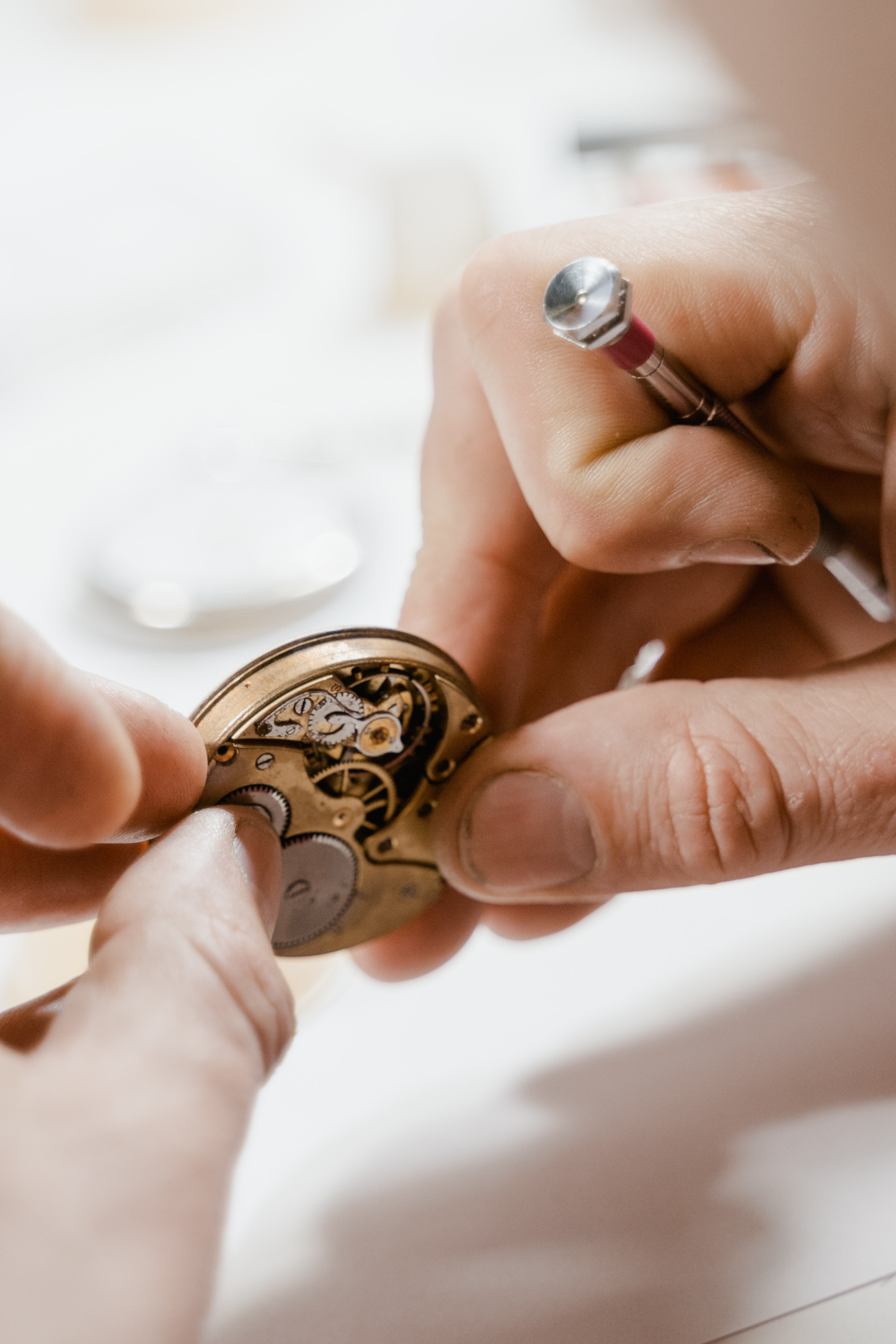
How does it work?
As the mainspring unwinds, it releases a small amount of energy transmitted through the watch's gears to the balance wheel. The balance wheel then oscillates back and forth, with each swing providing a small burst of energy to move the watch's hands forward. The rate at which the balance wheel oscillates is determined by several factors, including the length and thickness of the hairspring, the mass of the balance wheel, and the amount of friction between the two components.
By adjusting these factors, watchmakers can fine-tune the watch's accuracy, ensuring it keeps accurate time over long periods. One of the key challenges of balance wheel design is reducing the effects of external factors, such as temperature and magnetic fields, which can cause the balance wheel to oscillate at different rates. Today, many modern balance wheels are made of materials resistant to temperature changes and magnetic fields and housed in protective cases that shield them from external influences.
It's all about balance.
The balance wheel is also typically equipped with a regulator, a small lever that can be moved to adjust the length of the hairspring and, therefore the rate at which the balance wheel oscillates. By moving the regulator, watchmakers can fine-tune the watch's accuracy, making minor adjustments to compensate for changes in temperature or other external factors. In addition to its role as a regulating organ, the balance wheel also plays a critical role in the aesthetic design of many watches.
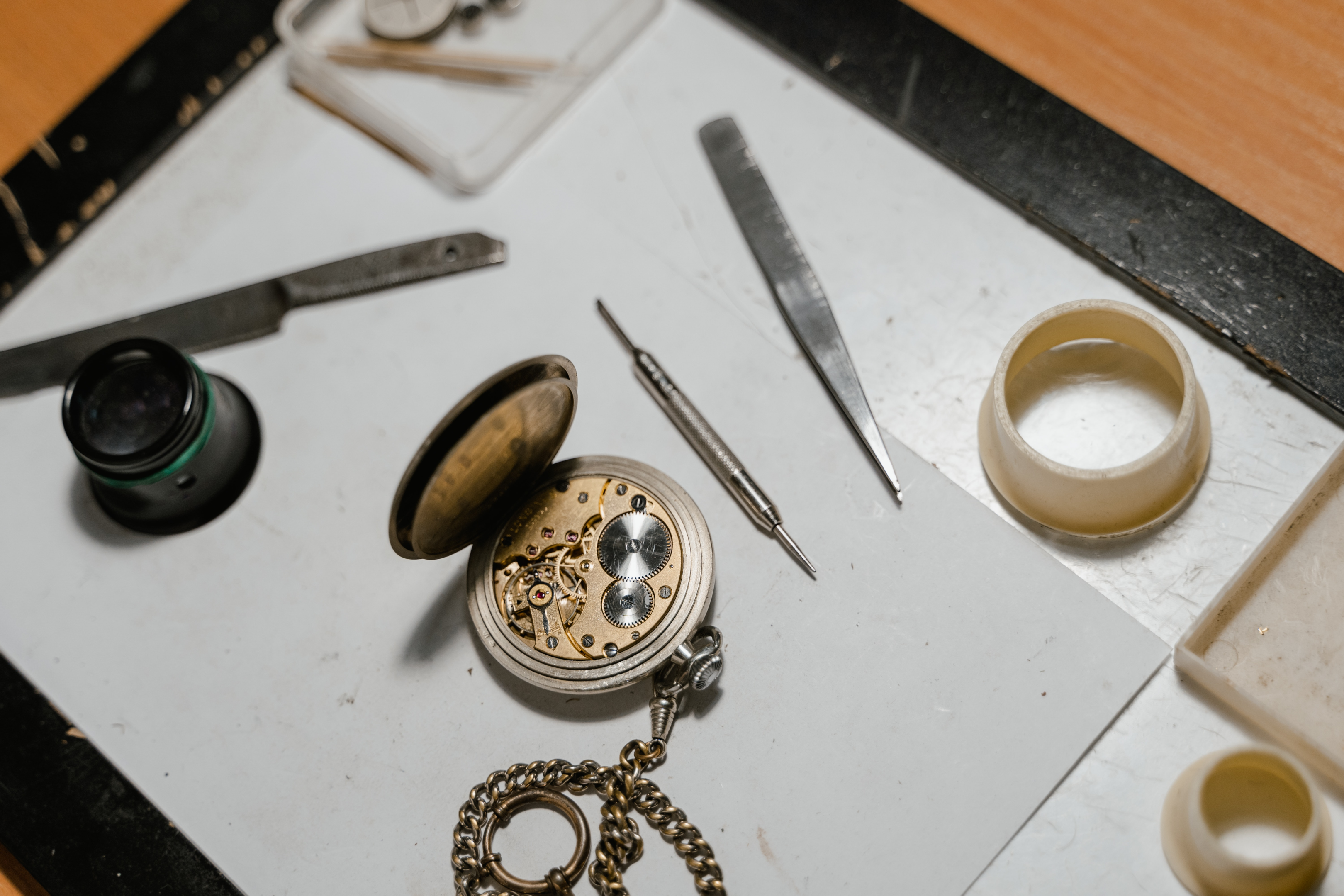
The balance wheel is often visible through an aperture in the watch's dial, providing a glimpse of its inner workings and adding to its overall visual appeal. While the balance wheel is a critical component of mechanical timepieces, it is not used in electronic watches or smartwatches. These watches rely on electronic components, such as quartz crystals and microprocessors, to regulate energy flow and keep accurate time.
The balance wheel is a crucial component of mechanical watches, providing a consistent energy source to power the watch's movement and regulating the release of energy from the watch's mainspring. Its design and operation have evolved over the centuries, with modern balance wheels incorporating advanced materials and technology to improve accuracy and reduce the effects of external factors. Despite the rise of electronic and smartwatches, many watch enthusiasts still appreciate the craftsmanship and tradition of mechanical watches, and the balance wheel remains a symbol of that heritage.
Mechanical Movement
One of the significant challenges of mechanical movement is the need to keep the watch wound. Unlike electronic watches, which rely on batteries, mechanical movement requires regular one-direction winding to keep the mainspring charged. The winding mechanism has various types: self-winding, automatic movement, and manual wind watches.

Self Winding vs. Manual Winding
As mentioned, most mechanical watches are wound by hand winding, meaning that the wearer must turn a small knob, called the crown, to wind the mainspring. Some high-end mechanical timepieces are equipped with automatic winding mechanisms, which use a weighted rotor that rotates with the wearer's movement to wind the mainspring automatically.
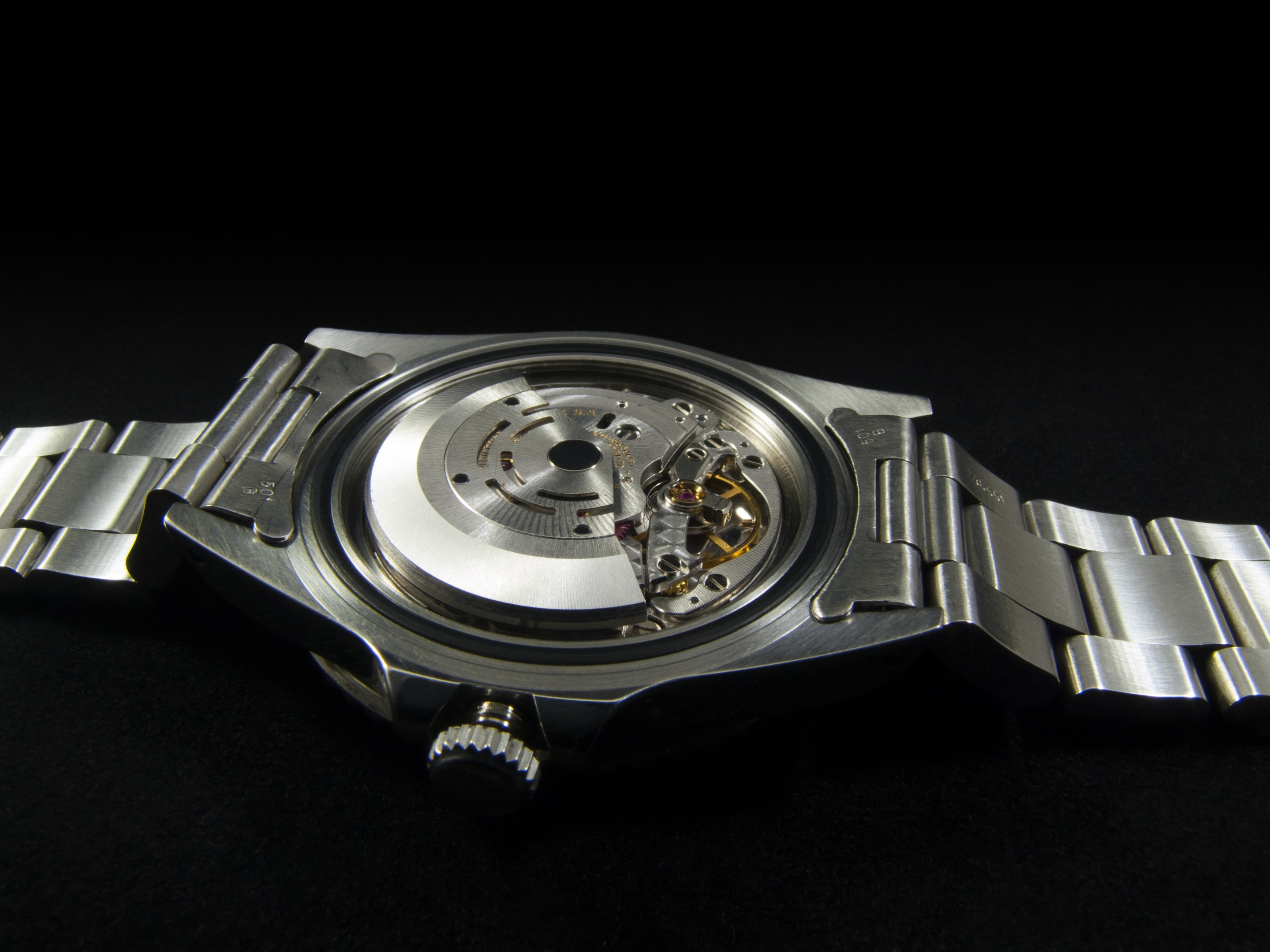
In addition to the basic mechanical movement, most watches also feature a range of complications or additional features beyond basic timekeeping. The most common complications include date displays, moon phase indicators, chronographs, and alarms. Each of these complications adds additional gears, springs, and other components to the watch movement, increasing its complexity and adding to its functionality.
Moon Phase Watch
A moon phase watch is a type of watch that features a complication that displays the moon's current phase. The timepiece typically has a small circular window or sub-dial on the dial, which shows an image of the moon moving across the window as it progresses through its lunar cycle of phases.
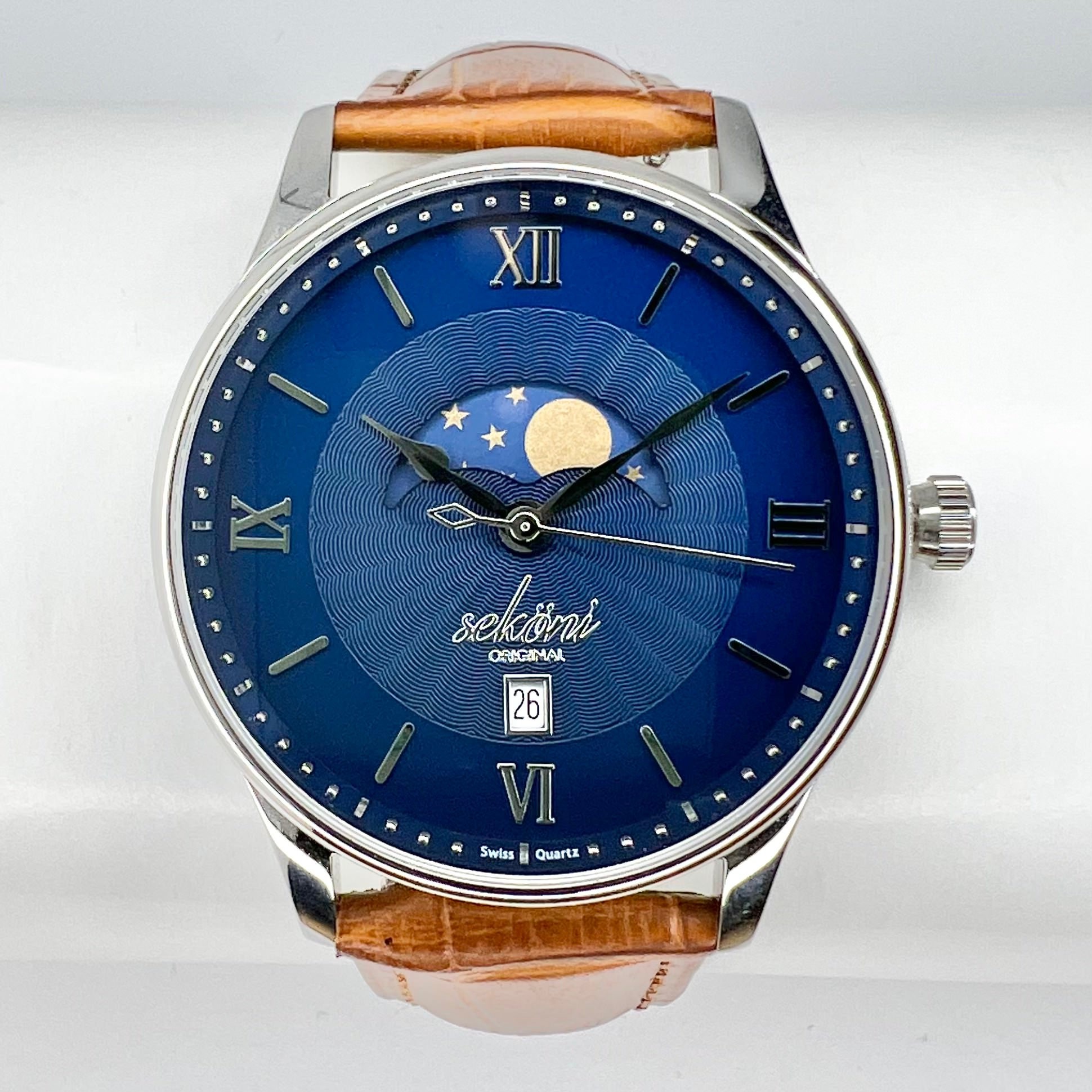
The moon phase complication is based on the fact that the moon takes around 29.5 days to orbit the earth and go through a complete cycle of phases, from the new moon to the full moon and back again.
Watchmakers add a gear train to the watch's movement, which is calibrated to match this lunar cycle, causing the image of the moon to move across the display in sync with the actual phases of the moon.
A luxury complication.
Moon phase watches can be either a mechanical movement or quartz movement, with mechanical watches being the more traditional and prestigious option. Moon phase watches are often considered luxury items and are popular among collectors, aficionados, and enthusiasts who appreciate the complexity and craftsmanship required to create such a watch. In addition to the moon phase display, many moon phase watches incorporate other complications such as a date display, chronograph, or perpetual calendar, enhancing the watch's functionality and visual appeal.
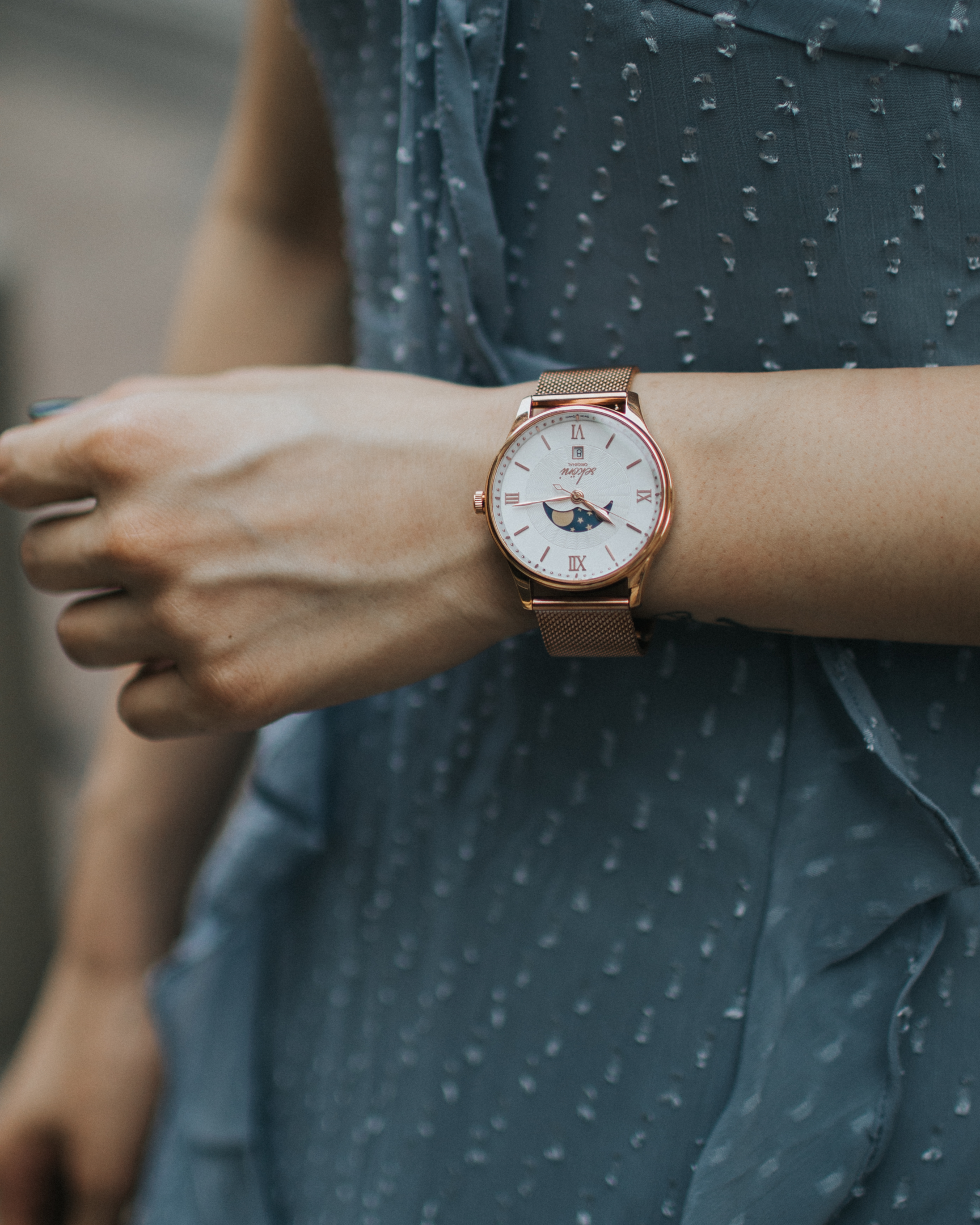
Chronograph Watch Complications
A chronograph watch is a type of watch that features a stopwatch function in addition to a timekeeping function. The chronograph typically has two or more sub-dials on the watch face, which display the elapsed time measured by the stopwatch.
Push buttons operate the chronograph function on the side of the watch case. The user can start, stop and reset the stopwatch using these buttons. The chronograph mechanism typically uses a series of gears and levers to accurately measure time, with the sub-dials displaying the seconds, minutes, and hours measured by the stopwatch.
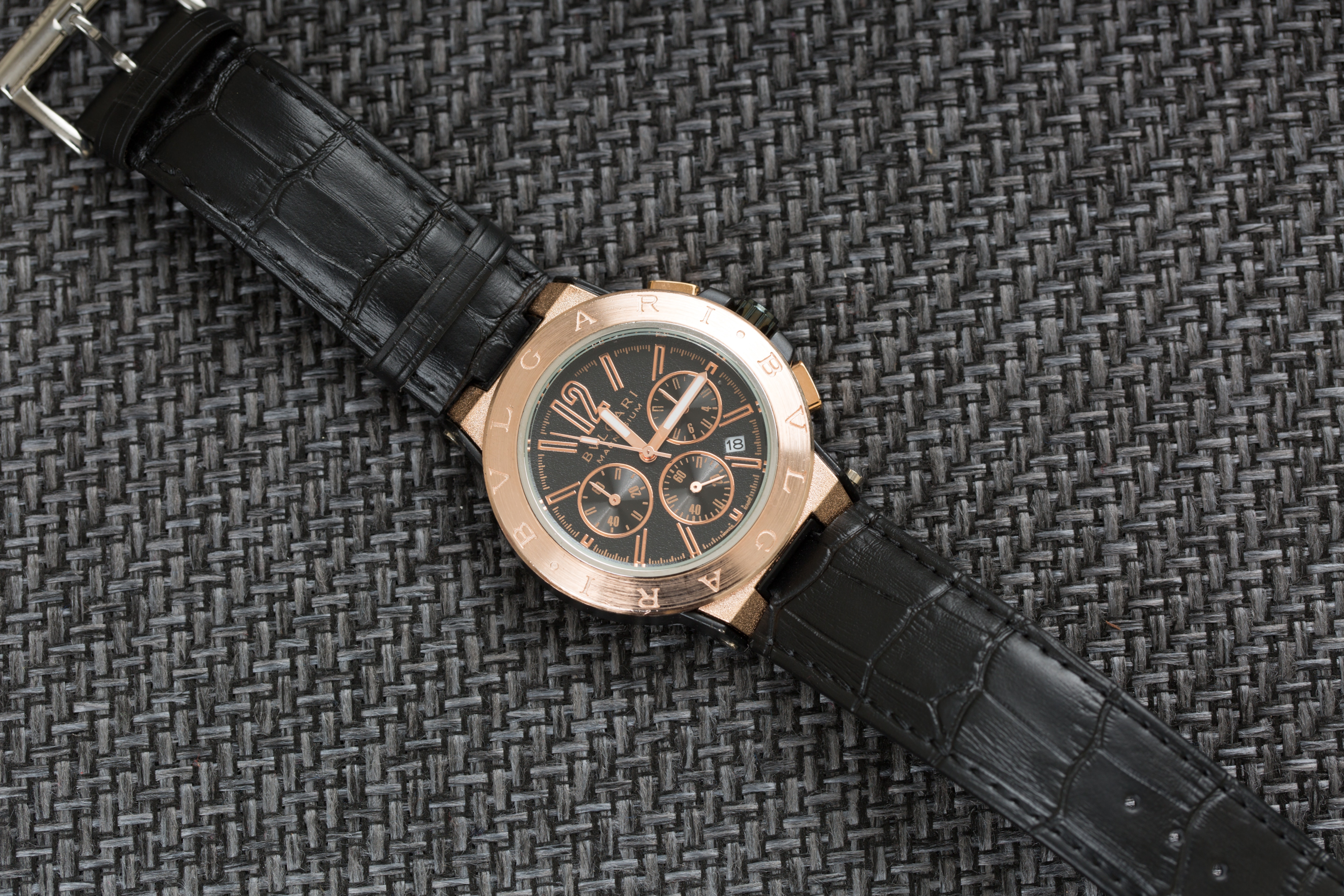
These watches are popular among athletes, pilots, and other professionals who require accurate timing for specific events or activities. They are also popular as fashion accessories, and many luxury watch brands produce this type of watch with intricate designs and high-quality materials.
Chronograph watches can be either mechanical or quartz movement, with mechanical being the more traditional and prestigious option. A mechanical watch requires regular winding and maintenance, but they are prized for their craftsmanship and precision. On the other hand, quartz movements use battery power to drive the mechanism, are more accurate, and require less maintenance than the mechanical variety. Overall, chronograph timepieces offer a versatile and practical feature for measuring elapsed time, making them a popular choice for sports and fashion.
Date Display Watch
A date display watch features a simple complication that displays the current date. The display is typically located at the 3 o'clock position on the watch dial and is represented by a small window or sub-dial. The date display complication is based on a simple mechanism that involves a rotating disc with numbers printed on it.
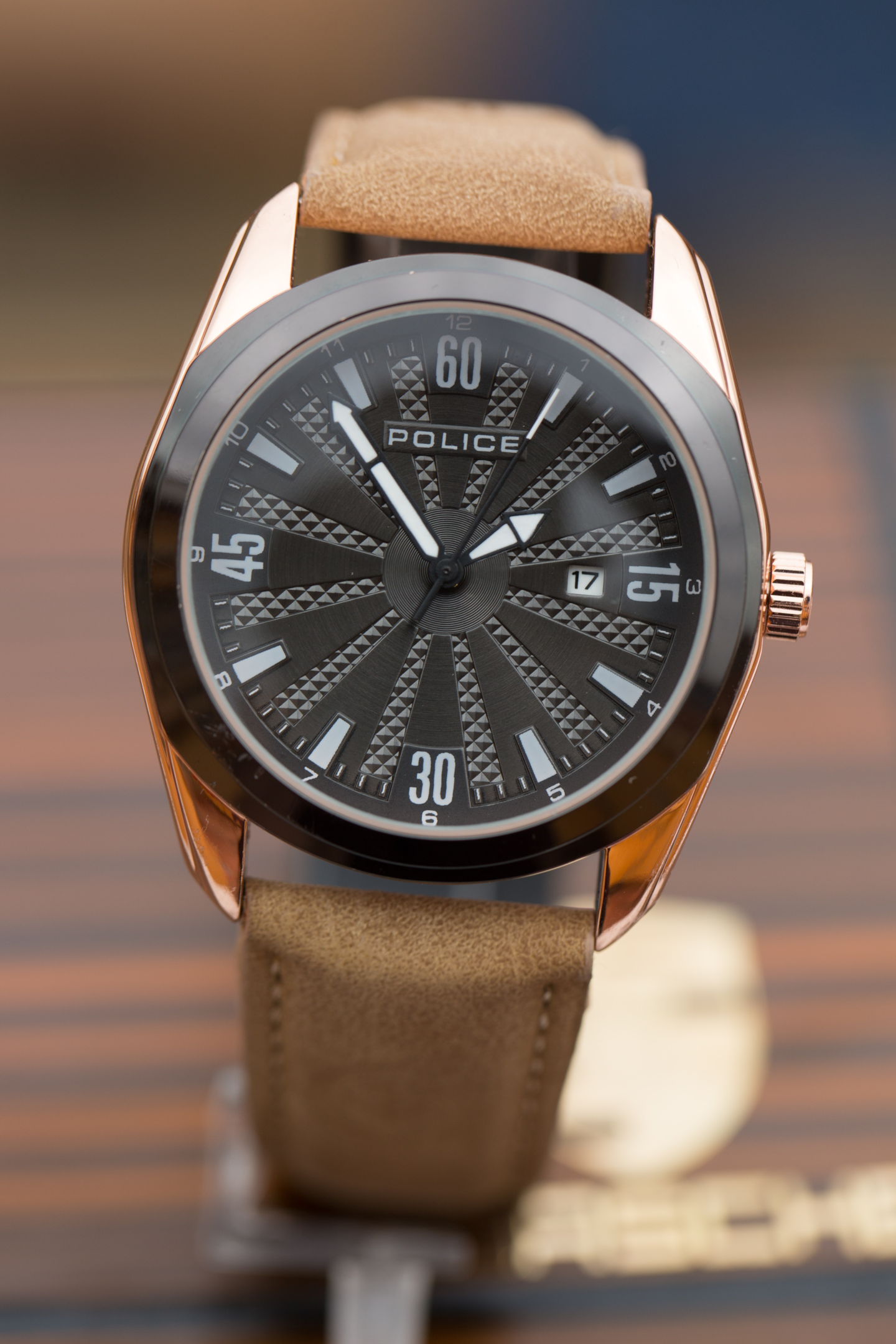
As the movement advances, the disc rotates to display the current date in the window or sub-dial. Date display watches are popular among people who require an essential but practical feature to keep track of the date. They are often found in analog, and digital watches, with many digital watches, offering additional features such as alarms, timers, and world time displays.
Date display watches can be either mechanical or quartz movements, with quartz watches being the more common option due to their accuracy and ease of use. Quartz watches use a battery-powered quartz movement to drive the mechanism. Overall, date display wristwatches offer a simple and practical complication that can be useful for various activities and situations, making them a popular choice for everyday wear and formal occasions.
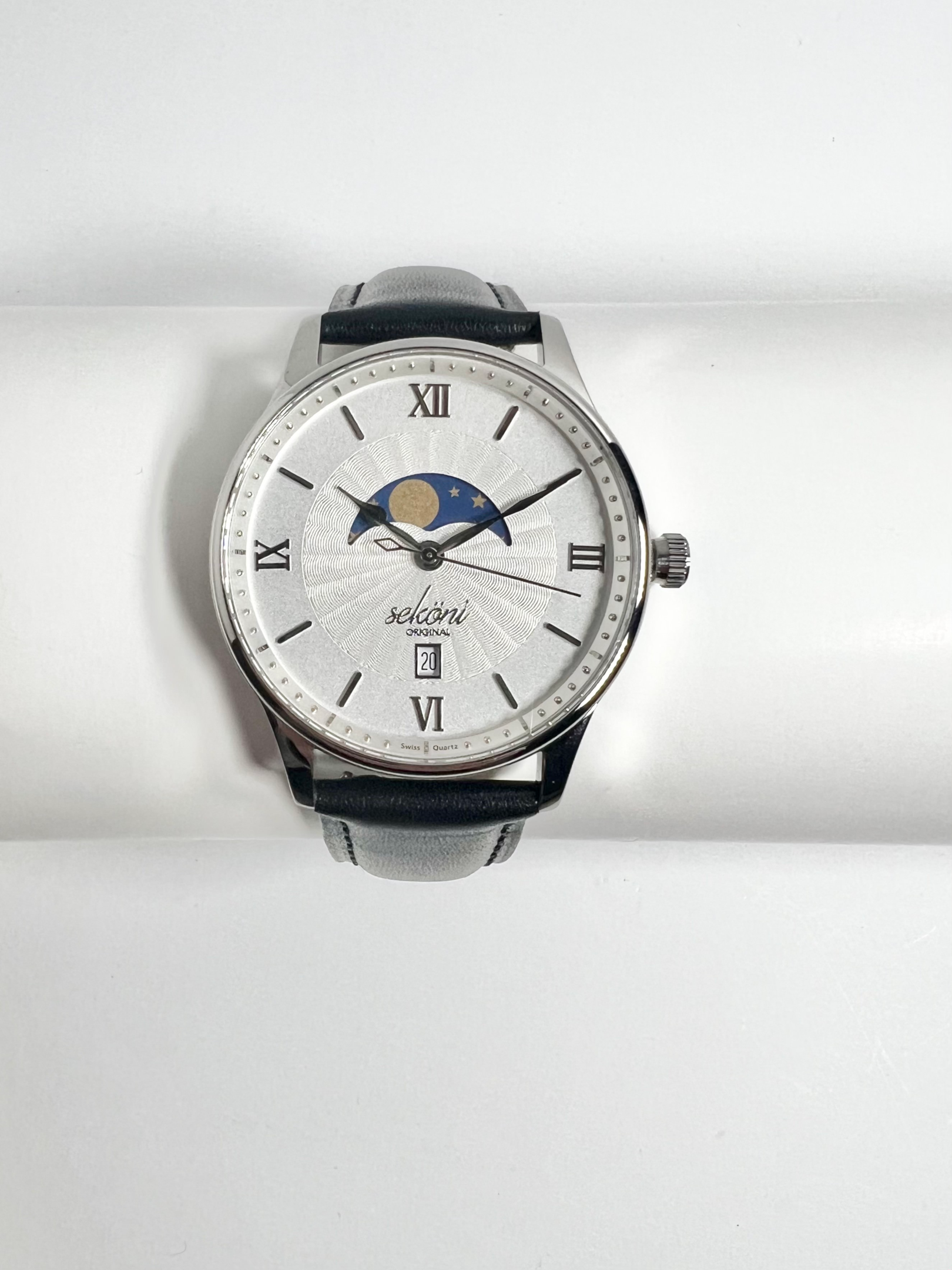
While mechanical watches have existed for centuries, electronic watches are a more recent innovation, first appearing in the 1970s. Electronic watches are powered by batteries and rely on a small quartz crystal to keep accurate time. A quartz movement vibrates at a very precise frequency when an electrical current is applied, providing a stable source of timekeeping. The quartz crystal regulates the flow of electricity through the watch's circuitry, which drives a small motor to move the watch's hour, minute, and second hand.
Electronic watches are more accurate than mechanical and quartz watches, typically losing or gaining only a few seconds per month. They are also much less expensive to produce, making them popular for everyday use. However, many enthusiasts still prefer the craftsmanship and heritage of mechanical movements, which require much more skill and expertise.
Smart Watch
Smartwatches are wearable-technology devices that have become increasingly popular in recent years. They offer many features beyond telling time, such as fitness tracking, mobile notifications, voice assistance, and even mobile payment options. Smartwatches are designed to be an extension of your smartphone, allowing you to stay connected even when you're on the go.

Health and Fitness Tracking
One of the most significant advantages of smartwatches is their ability to track fitness goals. They offer features such as step counting, heart rate monitoring, and GPS tracking, making them perfect for people who want to track their fitness progress. Smartwatches can also connect to fitness apps, allowing users to view their workout history, set goals, and track progress.
Convenience
Another advantage of smartwatches is their convenience. With a smartwatch on your wrist, you no longer need to pull out your phone whenever you receive a notification or message. You can quickly glance at your watch and decide if you need to respond immediately or if it can wait until later; this can be especially useful during workouts or while driving when it's not safe to use your phone.
Smartwatches have become more stylish in recent years, with many options available to suit any taste or style. Some smartwatches even offer interchangeable bands, allowing users to customize their look to match their outfit or mood.
Overall, smartwatches are helpful and convenient devices for anyone wanting to stay connected, track their fitness progress, and access helpful features on the go.
In the End, it All Comes Down to Personal Preference
In conclusion, the world of watches is fascinating and complex, with various movements and complications available to suit different tastes and needs. Whether you're looking for a quartz watch that tells time or offers a range of features and functions, there is a watch out there for you.
Mechanical movements, such as the traditional Swiss-made movement offered by many watch companies, are a classic and timeless option that is still highly sought after today. Automatic movements provide a convenient and reliable option that eliminates manual winding. Quartz movements offer accuracy and affordability, making them a popular choice for everyday wear.
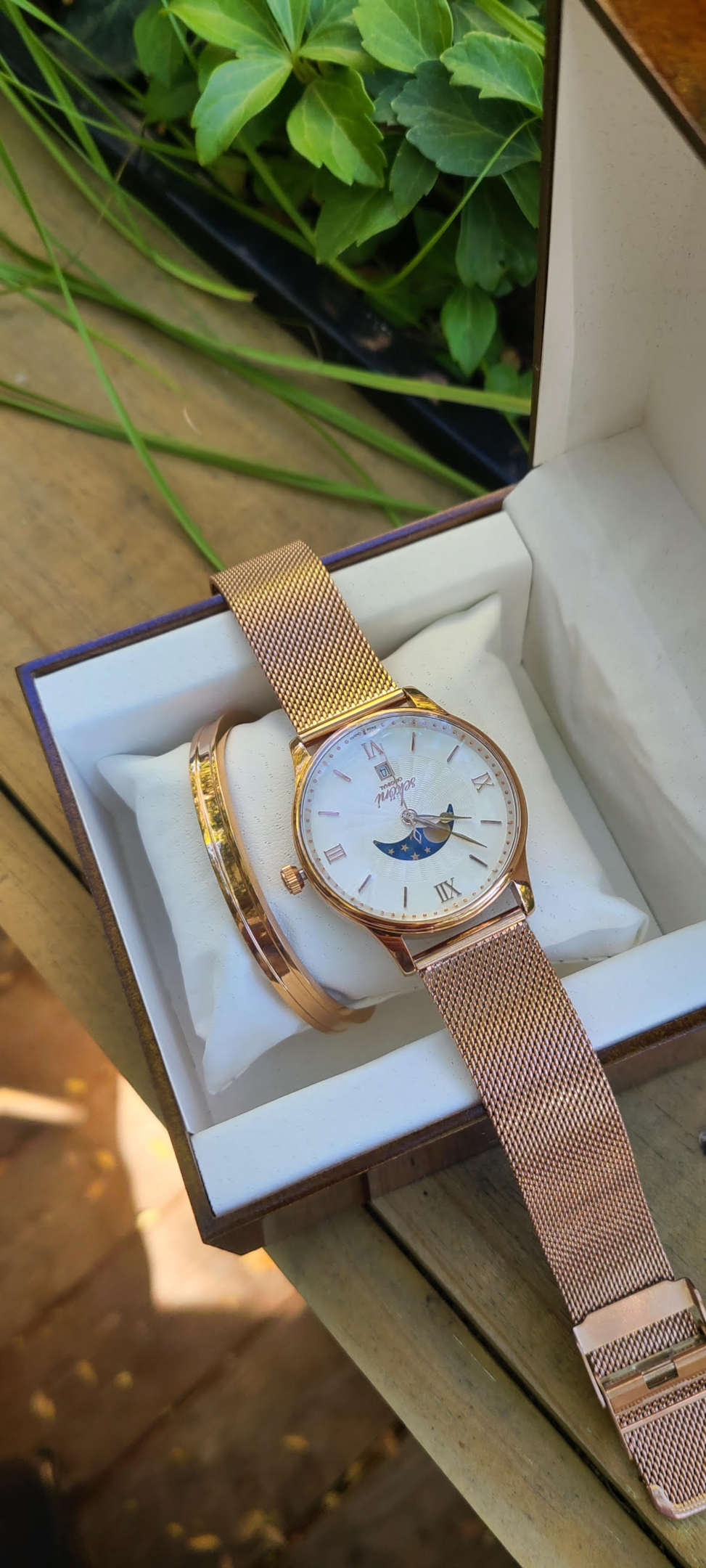
Regarding complications, a range of options are available, from simple date displays to more complex features such as moon phases and tourbillons. Each complication offers its unique benefits and adds to the overall functionality and appeal of the watch.
Choose your style.
Ultimately, the choice of movement and complication comes down to personal preference and intended use. A watch with a simple time-only display may be perfect for everyday wear, while a watch with more complex features may be better suited for special occasions or specific activities.
In the end, regardless of the movement or complication, a high-quality watch is an investment that can be enjoyed for years to come. By choosing a wristwatch that suits your style and needs, you can enjoy the timeless elegance and functionality that watches have offered for centuries.







Leave a comment